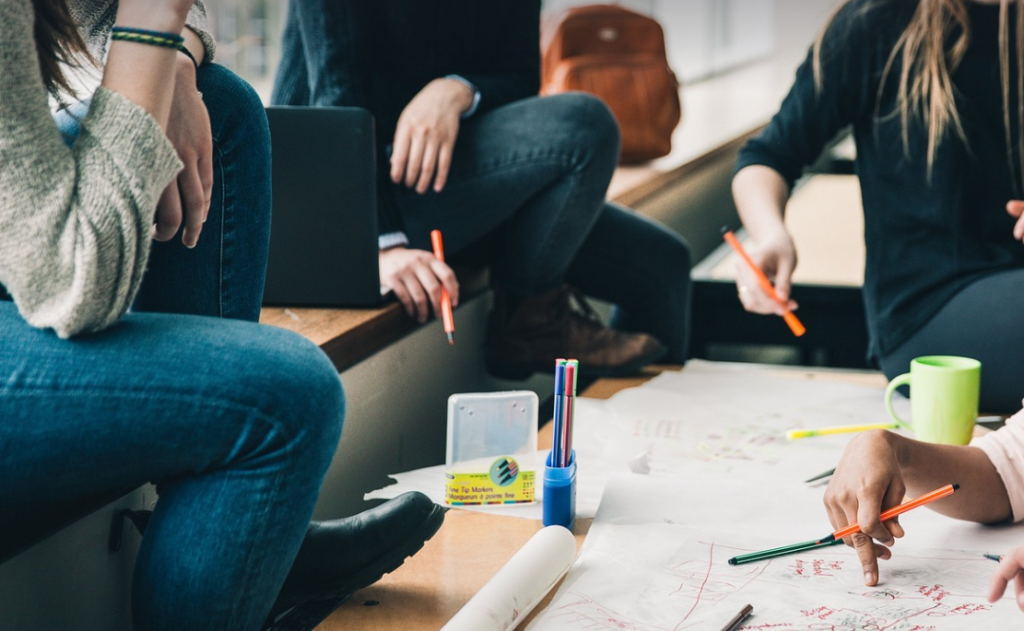The connection between physical activity and academic success is often overlooked in traditional education systems. However, research consistently shows that engaging in sports and regular exercise can enhance cognitive function, improve concentration, and contribute to better academic performance. This article explores the various ways in which sports and physical activity positively impact students’ success in school.
1. Improved Cognitive Function and Brain Health
Physical activity stimulates brain function by increasing blood flow and oxygen levels. This leads to improved:
- Memory retention – Exercise helps with encoding and recalling information.
- Problem-solving skills – Physical activity enhances the brain’s ability to think critically and analyze situations.
- Neural connectivity – Sports promote the growth of new neural connections, which supports learning and cognitive development.
2. Enhanced Focus and Concentration
Students who engage in regular physical activity tend to have better concentration in the classroom. Exercise releases endorphins and neurotransmitters like dopamine and serotonin, which improve mood and focus. Studies have found that:
- Short physical activity breaks can boost attention span.
- Students who participate in sports are less likely to be distracted in class.
- Physical movement reduces hyperactivity, particularly in students with ADHD.
3. Development of Discipline and Time Management
Balancing academics and sports requires students to develop effective time management skills. They learn to:
- Set priorities between studies and athletic commitments.
- Follow schedules and meet deadlines.
- Stay committed to long-term goals, which translates to better study habits.
These skills help students succeed not just in school, but also in future careers and personal life.
4. Reduced Stress and Anxiety
Academic pressure can lead to stress and anxiety, affecting student performance. Physical activity helps by:
- Lowering cortisol levels (the stress hormone).
- Providing an outlet for emotional release.
- Enhancing overall mental well-being, leading to better academic engagement.
5. Social and Emotional Benefits
Team sports and physical activities foster essential social skills, such as:
- Communication – Working with teammates improves verbal and non-verbal interaction.
- Leadership – Many student-athletes take on leadership roles, developing confidence and responsibility.
- Resilience – Learning to cope with failure and setbacks in sports translates to perseverance in academics.
6. Higher Academic Performance and Achievement
Multiple studies have found a correlation between student-athletes and higher grades. Schools with strong physical education programs often see improved standardized test scores and graduation rates. This could be due to:
- Increased brain activity and cognitive function.
- Enhanced motivation and self-discipline.
- Improved classroom behavior and engagement.
7. Conclusion
Sports and physical activity play a crucial role in academic success. They not only improve cognitive abilities but also enhance focus, discipline, emotional well-being, and social skills. Schools should encourage physical education and sports participation as a fundamental part of a well-rounded education. By fostering both physical and academic growth, students can achieve their full potential in all aspects of life.


